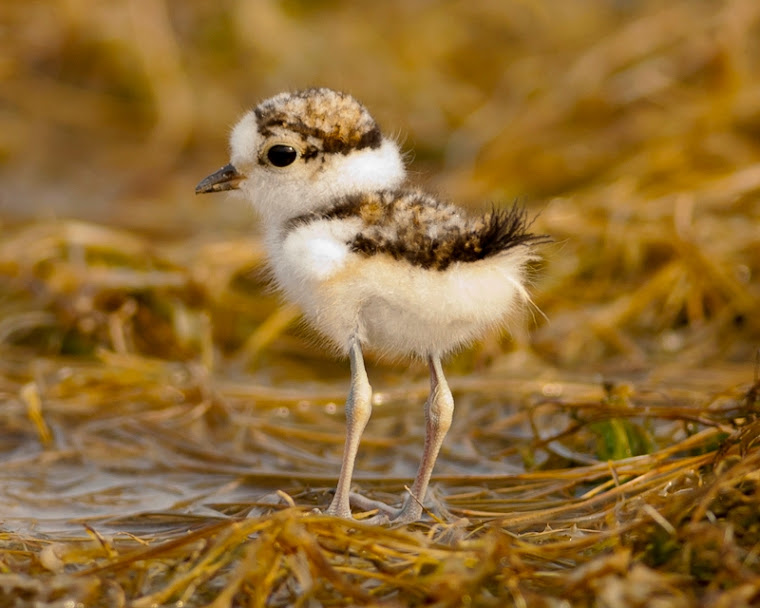From Wikipedia,
By vinuri Randhula Silva,
Mating, the male bird hits the cloaca of the female bird
The little ringed plover (Charadrius dubius) is a small plover. The genus name Charadrius is a Late Latin word for a yellowish bird mentioned in the fourth-century Vulgate.
Little_ringed plover chick
Adult little ringed plovers have a grey-brown back and wings, a white belly and a white breast with one black neckband. They have a brown cap, a white forehead, a black mask around the eyes with white above and a short dark bill. The legs are flesh-coloured and the toes are all webbed.
This species differs from the larger ringed plover in leg colour, the head pattern, and the presence of a clear yellow eye-ring.
Juvenile little ringed plover
Their breeding habitat is open gravel areas near freshwater, including gravel pits, islands and river edges across the Palearctic including northwestern Africa. They nest on the ground on stones with little or no plant growth. Both males and females take turns incubating the eggs.



Comments
Post a Comment